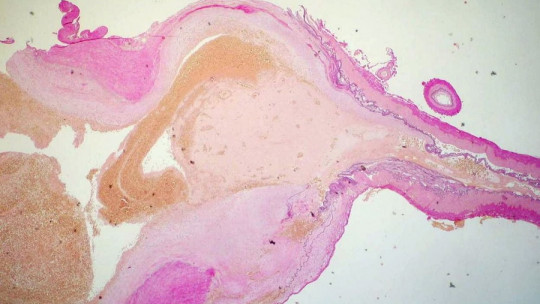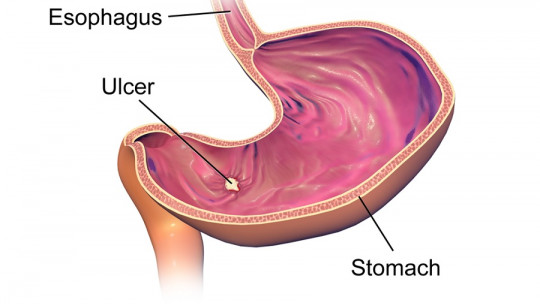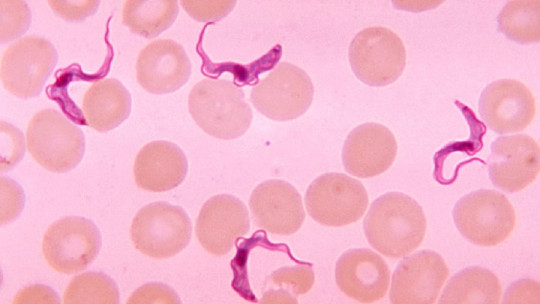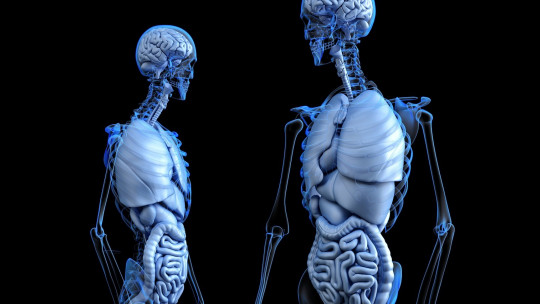Aneurysms are proof that, in many cases, a disease can become a life or death problem in a matter of seconds Furthermore, sometimes this clinical condition is completely silent throughout the patient’s life, without the patient ever realizing that he or she suffers from it. As surprising as it may seem, the global prevalence of this pathology is 2-3% of the general population.
Thousands of internal processes occur within our body that are invisible to the human eye and, although it may not seem like it, some of them can quickly become chronically complicated by some specific physiological events. This does not mean that you have to live in fear: aneurysms also usually reveal their presence with certain signs that, if interpreted and treated in time, almost ensure a success rate and complete recovery for the patient.
But what are we talking about? what is an aneurysm? What is its typology and prognosis? If you are curious, don’t wait any longer, because in the following lines we present you types of aneurysms its features and much more.
What is an aneurysm?
An aneurysm is defined as an abnormal widening or bulging of part of an artery due to weakness in the blood vessel wall
Talking about the typology of aneurysms is complex, since they can actually occur in any blood vessel. Even so, the following areas are the most likely to present them: aorta artery (aortic aneurysm), cerebral vessels (cerebral aneurysm), popliteal artery, mesenteric artery and splenic artery.
All the medical information that we are going to show you below is of essential importance to understand the world of aneurysms, but it is of little use if we do not frame them at a global level. These statistics help us do this:
A widened artery doesn’t seem like a big deal either, right? The problem with all this is, unfortunately, that it can break. You can imagine the physiological disaster of flooding brain tissue with spilled blood and, therefore, it is not at all shocking to know that 40% of these clinical conditions lead to the death of the patient.
The types of aneurysm and their characteristics
As we have said, an aneurysm can appear almost anywhere. Even so, in order to compartmentalize the information that we are going to provide you now, we are going to list two large groups due to their clinical and epidemiological importance: cerebral aneurysms and aortic aneurysms. Go for it.
1. Brain aneurysms
First of all, it is necessary to note that a brain aneurysm and a cerebrovascular accident (CVA) are not the same , because sometimes the population tends to use these two terms interchangeably. 80% of strokes are ischemic, that is, caused by a blood clot that blocks a vessel in the brain. The other remaining 20% is attributed to hemorrhagic stroke, which is caused by the rupture of a blood vessel that causes bleeding in the brain.
As you may have imagined, an aneurysm can be the cause of a hemorrhagic stroke, but not all cerebral aneurysms lead to a stroke nor are all causes of a hemorrhagic stroke an aneurysm. It is important to keep this in mind.
Notably, In many cases, unruptured aneurysms do not cause any symptoms in the patient Still, if the widening of the artery is compromising any nerve or peripheral tissue, the patient may experience the following clinical signs: pain above and behind one eye, a dilated pupil, vision changes or double vision, and numbness on one side. of the face. 6 million Americans live with brain aneurysms without realizing it.
Things get ugly if it breaks at some point (although they usually don’t). In these cases, when blood is spilling over the brain, the symptoms are much clearer and more worrying: sudden and very intense headache, nausea and vomiting, stiff neck, sensitivity to light, drooping of the eyelid, seizures, loss of consciousness, confusion… In short, a physiological disaster. 15% of patients with a ruptured brain aneurysm die before reaching the hospital and, in general, 40% die even if they undergo emergency surgery.
Notably There are two subtypes of cerebral aneurysm We will tell you about them briefly in the following lines.
1.1 Saccular aneurysm
It is the most common type of aneurysm, also called a “berry” aneurysm due to its curious morphology. It is presented as a protrusion, sac, or lump at an intersection in the network of arteries located at the base of the brain
1.2 Fusiform aneurysm
It is a less common type than the previous one. In this case the entire artery widens in the weak area
2. Aortic aneurysm
Even if we change part of the body, the fundamental is the same: an artery is widened and presents a certain risk of breaking. Although cerebral aneurysms are much more represented in the medical literature consulted, we cannot leave aortic aneurysms behind.
Notably Most aneurysms are found in the aorta, the main artery that runs from the heart through the chest and abdomen In some areas of the United States, the prevalence of thoracic aortic aneurysm is estimated at 10.4 patients per 100,000 population-years. It is necessary to perform an early excision because, unlike cerebral aneurysms, aortic aneurysms are quite different depending on their location. We tell you the two main types.
2.1 Thoracic aortic aneurysm
A thoracic aortic aneurysm is an abnormal protrusion or swelling of the part of the aorta that passes through the chest. The most common cause of it is atherosclerosis (hardening of the arteries), although there are other risk factors such as age, genetic conditions, syphilis or chest injuries from falls and other trauma.
The patient does not have any symptoms until the aneurysm ruptures and begins to leak blood into nearby tissue or, alternatively, the artery has expanded too much. The symptoms in these cases are the following: hoarseness, problems swallowing, back pain, sharp breathing, inflammation in the neck, pain in the upper part of the chest, moist skin, nausea, vomiting, etc.
It should be noted that the survival rate of patients with large aortic aneurysms is 65% at one year and 20% at 5 years. The rupture of these aneurysms causes mortality in 97% of cases which is why we can affirm that we are facing a clinical picture even worse than the cerebral one, if possible.
2.2 Abdominal aortic aneurysm
As you can imagine, there is little difference between this type and the previous one. A thoracic aortic aneurysm occurs when the aorta widens in its section that passes through the chest, while an abdominal aortic aneurysm happens when the part of the aorta that passes through the abdomen widens It’s that simple.
The premise is the same as in the previous cases: unruptured aneurysms are usually silent (although abdominal ones can be identified as palpable masses in some cases) and the real problem comes when they rupture. The symptoms, as you can imagine, are almost the same at a systemic level, only that the pain is usually focused more on the patient’s abdominal area.
Summary
As we have collected in these lines, today we have brought you a family of pathologies that are no small feat. While “many” people develop brain aneurysms and never realize it, a small percentage may experience a rupture of the affected artery, and in this case, things get very complicated very quickly.
Both variants are extremely lethal, although (based solely on statistics), it appears that the thoracic aneurysm is the most serious of all. Little can be done about these clinical conditions, since most of them occur silently: we will all die one day, so it is better not to worry too much about pathologies that we will not be able to detect with tangible symptoms.









